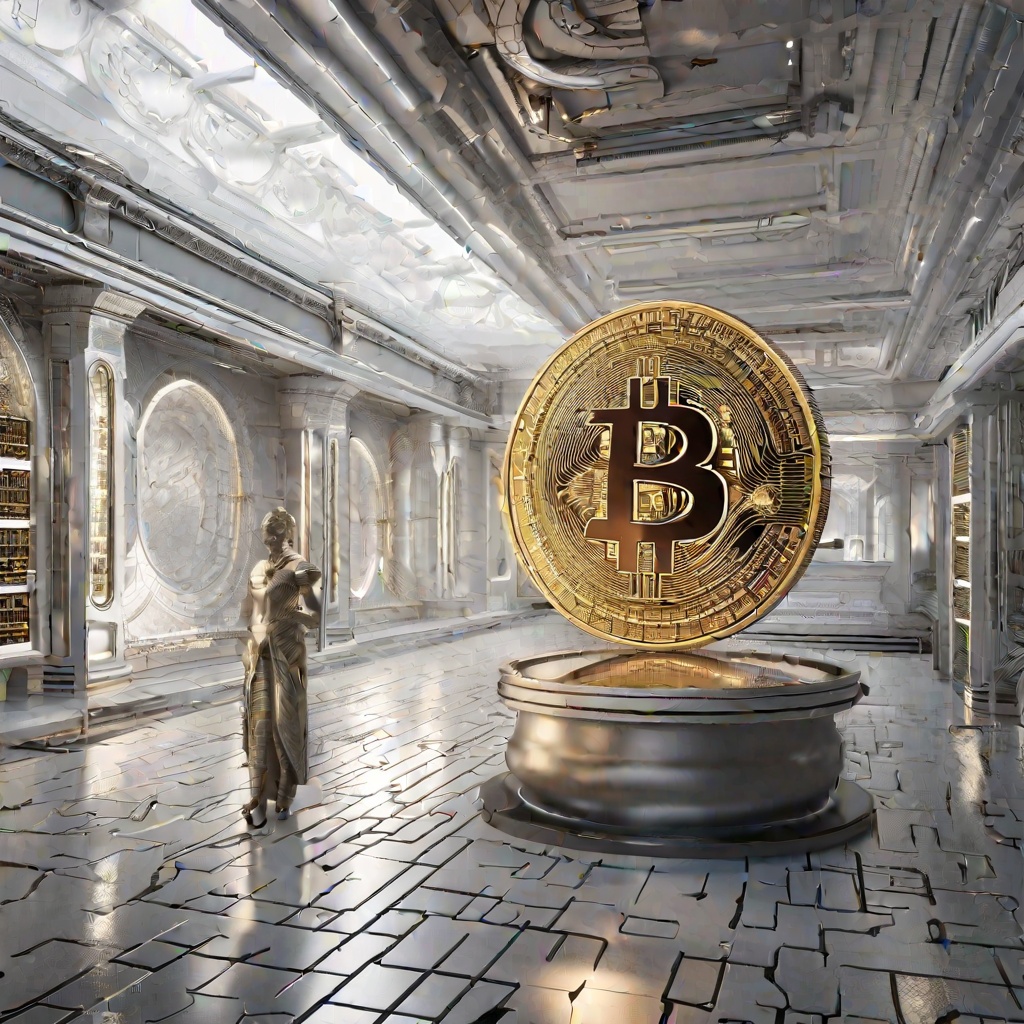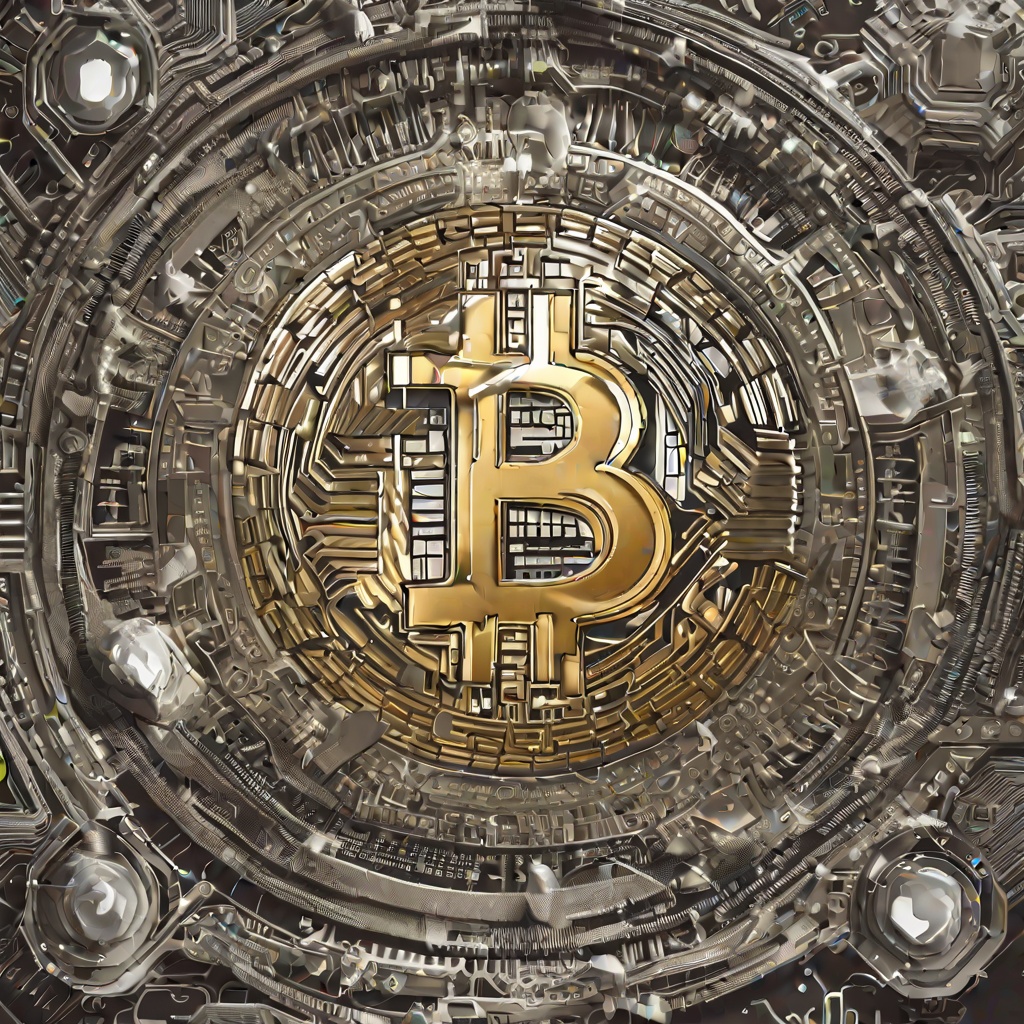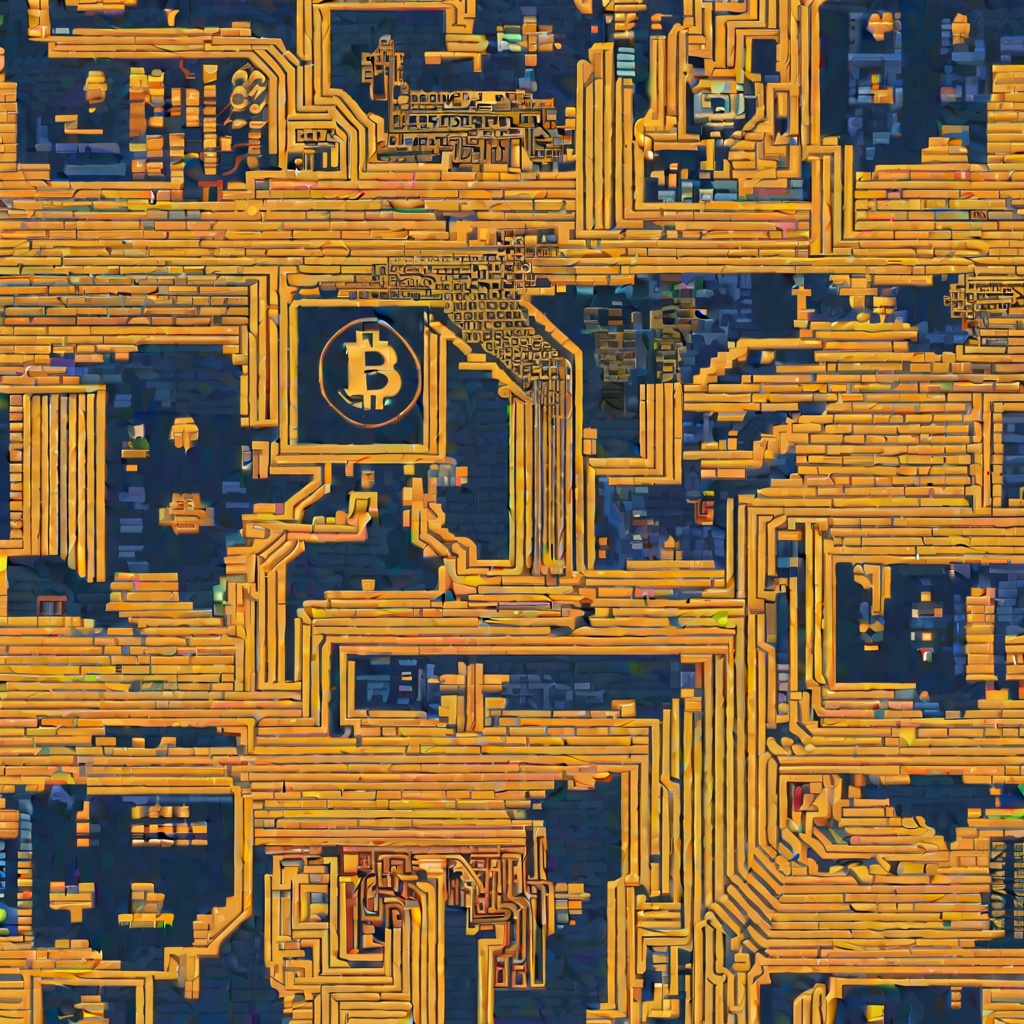What is the difference between zkSync and Starknet?
Could you please elaborate on the key distinctions between zkSync and StarkNet in the realm of cryptocurrency and blockchain technology? How do they differ in terms of their scalability solutions, security mechanisms, transaction speed, and adoption potential within the decentralized ecosystem? Additionally, could you provide insights into the unique features and use cases that each platform offers?

What is the difference between Rally1 and Rally2?
Could you please clarify the key distinctions between Rally1 and Rally2? Are they both part of the same ecosystem or do they serve distinct purposes? Is Rally1 more focused on a specific use case, while Rally2 has a broader scope? Are there any notable differences in their tokenomics, features, or adoption rates? Understanding these points would help me gain a clearer picture of how they differ from each other.

What is the difference between Aleph 0 and Aleph 1?
I'm curious to understand the distinction between Aleph 0 and Aleph 1 in the realm of cryptography or blockchain technology. Could you please elaborate on how they differ from each other? Are they both cryptographic primitives, or do they serve different purposes? Additionally, what specific use cases or advantages does each of them offer in the context of cryptocurrency and finance?

What is the difference between DPI and pixels?
Can you clarify the distinction between DPI and pixels for me? I've heard these terms used interchangeably, but I'm not entirely sure how they differ. DPI, I understand, refers to dots per inch, but how does that compare to pixels, which I assume are the tiny building blocks of digital images? How do they relate to each other, and why is it important to distinguish between them?

What is the difference between emoney and crypto?
Could you please elaborate on the distinction between emoney and cryptocurrency? I'm curious to understand how they differ in terms of their underlying technology, use cases, security measures, and potential impact on the financial landscape. Additionally, are there any regulatory differences that distinguish them, and how do they compare in terms of accessibility and adoption rates among users?

